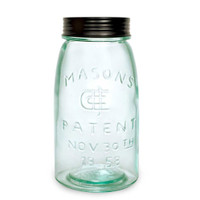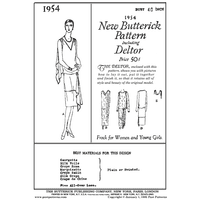 Loading... Please wait...
Loading... Please wait...Categories
Add to Wish List
New Products
Product Description
c. 1390-1460 A.D.
Has 6 houpelandes (sizes: Womens' 8-18 & Mens' 36-48 included), with sleeves and necklines interchangeable. The sleeves and cotehardie underneath are faked, but the fake sleeves can be left off and replaced by a 2nd houpelande or a cotehardie (MM021 or MM023). These are complimented by MM043, MM090, MM092, MM093 and MM101.
Houpelandes were the last fashion which was found throughout Europe, as well as being the last unisex fashion. This comfortable style, flowing from the shoulder to the hem, apparently first developed in Italy around 1380, but by 1400 was found throughout Europe. Belted or loose, houpelandes were usually worn over a cotehardie (MM021 and MM023), a second houpelande with tight sleeves, a chemise (MM090), or shirt (MM043) and hose (MM043 or MM101).
By 1450 there were many variations of this style, mostly of the sleeves, and neckline. Women's houpelandes were always floor-length, although men's houpelandes varied from very short to very long. Only a few were limited by sex or geographical location. By 1475 houpelandes were no longer considered fashionable (although still occasionally seen). Men's cotehardies had developed into doublets, and the houpelande became a gown or robe often worn open down the front (MM043 and MM053).










